Kyoto, Japan – The Romance and Reality
Kyoto, Japan. Mere mention of the name here in Tokyo brings out the capital’s overworked, underpaid and constantly knackered work force into a beaming soliloquy about tradition and romance.
Spared of World War II bombs and home to some two thousand temples and shrines, this is a city whose history is cherished. Where Tokyo offers the same in the form of theme park reconstruction and pimps out happy ending massages, Kyoto boasts of sights that are the real thing and its Geisha promise poetry and shamisen recital.
But I’ve been in Japan long enough to know that this is a country with an insatiable hunger for all things sexy and new. Kyoto may have survived allied destruction but had it really been spared the overzealous development that has been the fate so many of Japan’s urban areas? I had a suspicion that Tokyo’s battle weary economic army have created an image of Kyoto as they want it to be rather than what it actually is.
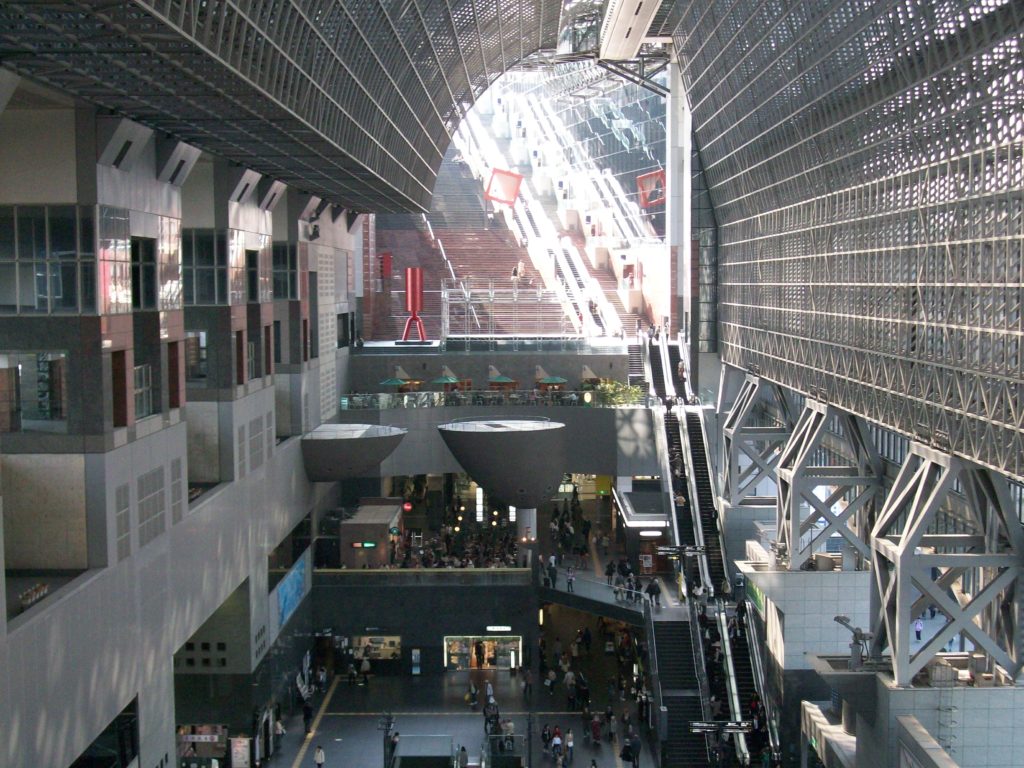
Research warned me that at first glimpse Kyoto would appear as the same harassed collection of buildings and wires that scar many of Japan’s cities. However, I wasn’t prepared for the train station. If the city conjures up images of the delicate and historic then the train station is a rude awakening. Built in the 1990’s, one might have thought they’d go for something that harked back to the 1600’s. Instead what we have looks like all that was bad about the 1980’s. It’s a hideous ode to excessive money, all gaudy shine and slippery surfaces. The outside of the building has been slapped up with mirrored panels. Perhaps an attempt by the builders to atone for their error by making it disappear. It doesn’t.
But, unlike most other urban centers in the country, Kyoto life, thankfully, doesn’t revolve around its train station and I wasted no time in hunting down my first temple.

Nanzen-ji is a delight. The former retirement villa, now zen temple, sits serenely on a gentle slope that rises out from the center of Kyoto towards the Eastern mountains. I’d seen many temples before but something about Nanzen-ji got me feeling more ‘zen’ than the rest. Perhaps it was the early morning calm and the smug knowledge that everyone else had raced off to fight for space at the marquee attractions. In the absence of flying elbows and marching armies of school children the temple seemed able to stretch its feudal limbs and allow those of us lucky enough to be there the time and space for an intimate look into the past.
The best bit of any Japanese temple is always the mon, the gate. Nanzen-ji, satisfyingly, has a really big one. Standing pompously astride a central path that leads into the heart of the temple, humble bamboo strands bent towards it as if in respect. I stood at its base and looked up to enjoy the impressive craftsmanship of its curls and flourishes. It was a moment of calm, hidden in the trees. Down the slope, Kyoto’s behemoth station processed an endless stream of bullet trains as irritable Western pensioners chased after their harassed guides.

If early morning Nanzen-ji is like watching a really good opening act at a music festival with a few like-minded souls, then, in stark contrast, Kinkaku-ji is a stadium rock monster. A Hollywood blockbuster. Kyoto’s gratuitous money shot.
The temple is found in an uninspiring suburb northwest of the city center. In fact you’d never know it was there if it wasn’t for the procession of coaches carrying temple groupies.
Perhaps due to the large numbers to visit this place, the set-up is blissfully succinct. There’s no undignified herding through cramped turn styles or forced interest in per ambulatory displays. I bought a ticket, walked up a short path, turned a corner and there was Kinkaku-ji. The Golden Temple. Built in 1397 (another retirement villa), and burned down by an unhinged monk in 1950, what we see is a reconstruction, but it doesn’t matter. The temple is beautiful. Jutting out into a small lake, surrounded by gentle hills covered in whispering trees, it wears its gold coat, not with gloating pride, but with humility. It almost seems apologetic about it. It’s a marvel and all the more so that it manages to maintain its dignity despite the invasive camera lenses looking like they’re waiting for Prince Harry to stumble out of a fancy dress party.
A single path took me and my fellow temple oglers on a circuit of the sight, making sure all possible angles were covered before winding up a slope to a final roof top glance. Shortly after, down in the car park, we were mobbed by vending machines, smoking areas and the obligatory temple tat.

Further along the same road the temple complex of Ryoan-ji can be found. Ryoan-ji is a mystery. Either it’s a place of simple beauty and cleansing spirits or, it’s an empty farce. A practical joke that became boring centuries ago. What it is physically is a raked pebble garden the size of a tennis court in which sit fifteen aged, moss covered stones. The layout of these stones appears to be random and nobody actually knows what it all means or who made it. That said, it’s considered important enough to be spruced up everyday and have entrance fee slapped on it.
–Search here for deals on Kyoto Hotels—
Be warned, if you’re the kind of person that would resent paying good money to stare at some stones without anyone being able to tell you what it all means, then you might resent even more the way local tourists furiously snap photos before sitting cross legged at the gardens edge, clasping their $1000 Nikons, feigning spirituality. They seemed to be begging for people to see how much of a higher plain they were on. Personally, I found the experience boring and pretentious. When I returned to Tokyo, friends were inexplicably keen to tell me that whatever angle you view the stones from, you can never see all of them at one time. Until someone could confirm that that means something, I couldn’t have cared less.
Just as there is a dichotomy between Kyoto and Tokyo, so too there exists a dichotomy in Kyoto’s temple experience. Nanzen-ji showed me that, with a little research and good timing, one could enter a temple, shut out the city and find what people dream of –peace, beauty and, even for a cynic like me, a sense of the spiritual.
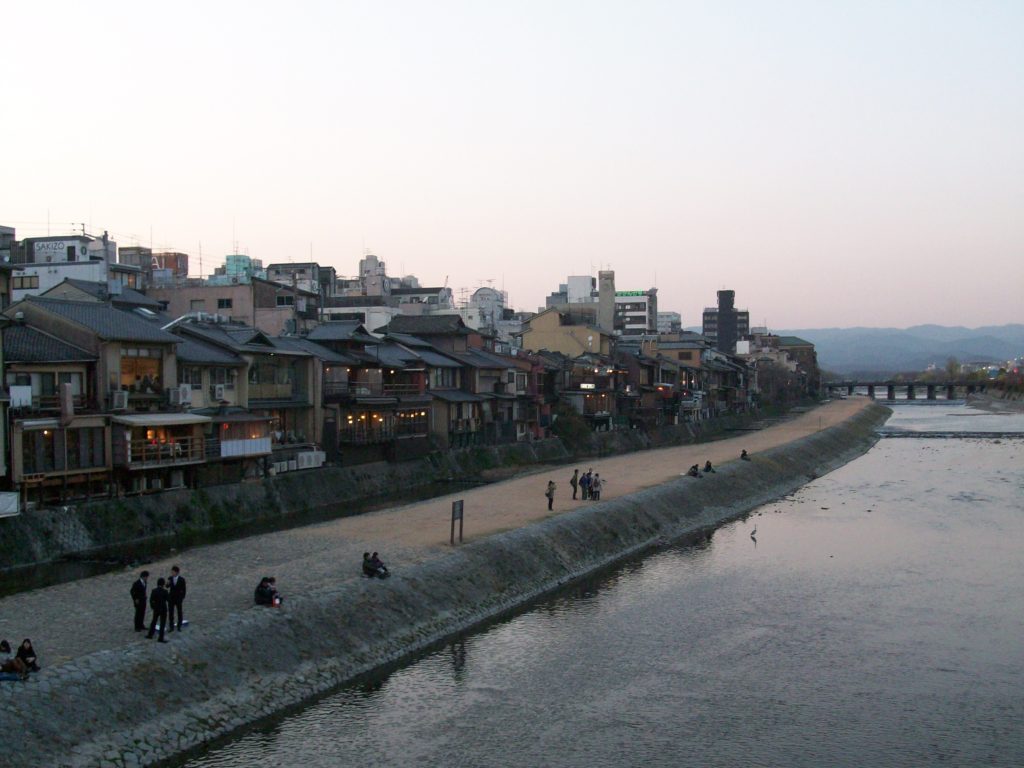
But to visit the city seeking only the past is to miss a great deal. For where Kyoto really comes to life is the central blocks that sit either side of the river Kamo – the commercial Kawaramachi-dori (street), Ponto-cho and the old entertainment district of Gion. Here I could feel the city breathe a sigh of relief as it dropped the painstaking ceremony, untied the restrictive kimono and let its hair down.
Kawaramachi-dori is Kyoto’s main shopping runway. The cracks between behemoth department stores and karaoke joints make for narrow streets that link to the pleasant Kiyomachi-dori. Lined with trees, with a tributary of the river running down the center, the vibe is relaxed, worlds away from the shoppers and temple gawpers. Under the trees, beautiful local girls smoked cigarettes alongside salary men and daytime drinkers. Western couples passed by, the men pretending not to notice the local girls.
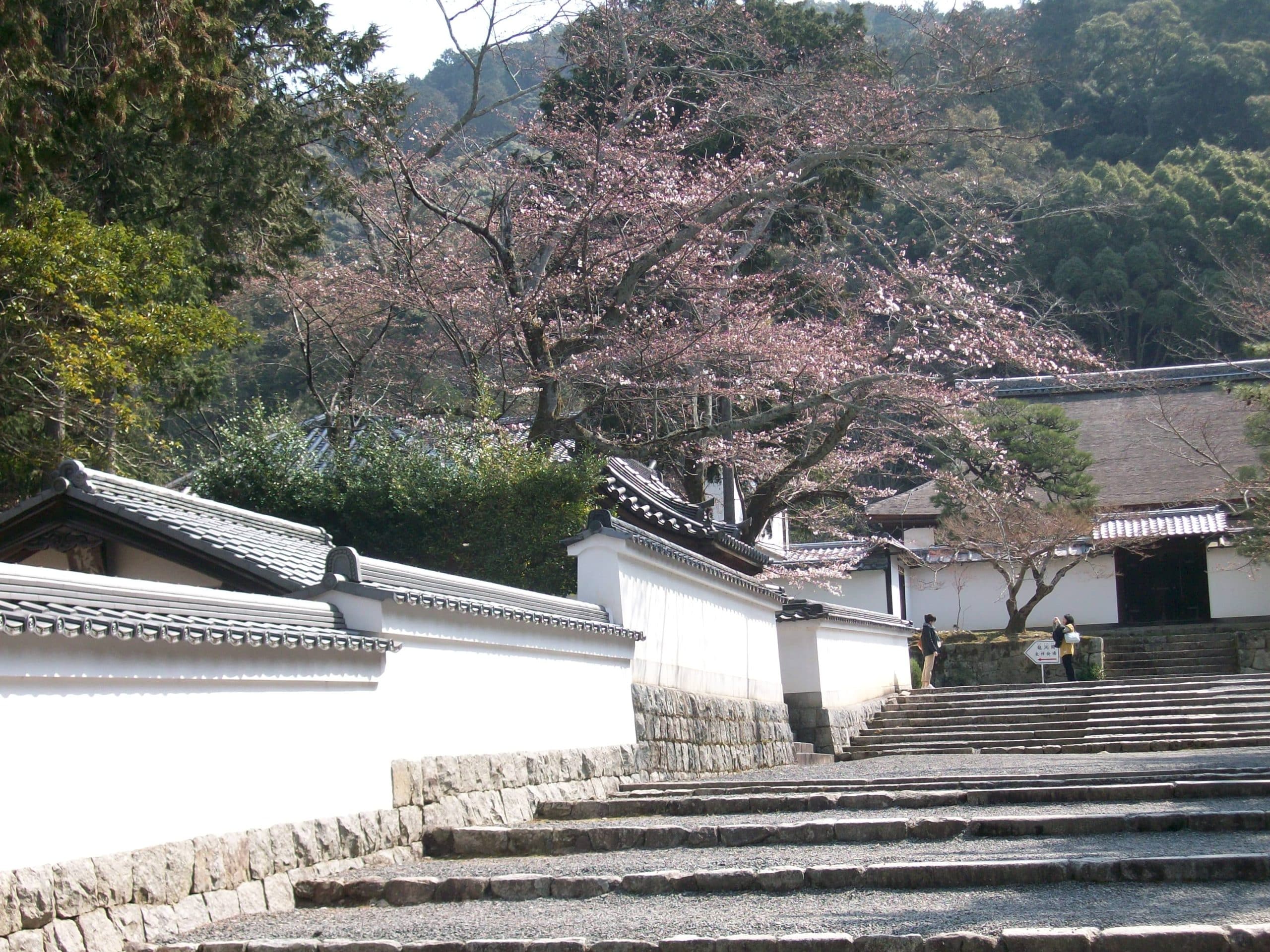
At dusk, lights switched on and restaurants opened. Impeccably dressed lovers walked arm in arm along narrow Ponto-cho where romantic tea houses promised views across the river. On the other side is Gion, Kyoto’s old entertainment district. Here I walked along streets with Edo-era wooden shops on one side and weeping willows on the other. Platoons of tourists patrolled the area, cameras locked and loaded lest a Geisha be spotted. The chances are slim, but walk only a few blocks further and one can easily spot a latter day version as the past gives way to the reality of Japan’s ubiquitous ‘red light’ districts. The ‘Geisha’ here have swapped their kimonos and shamisen for high heels and Lycra dresses. So here another example of the city’s dichotomies. The well-to-do couples in the traditional shops stare out to an area of massage parlors and hostess clubs. The other stares back. Neither seems to know which side they’d rather be on. In the middle of this face off, on the river banks and bridges, the two share time and space with student buskers providing an acoustic soundtrack.
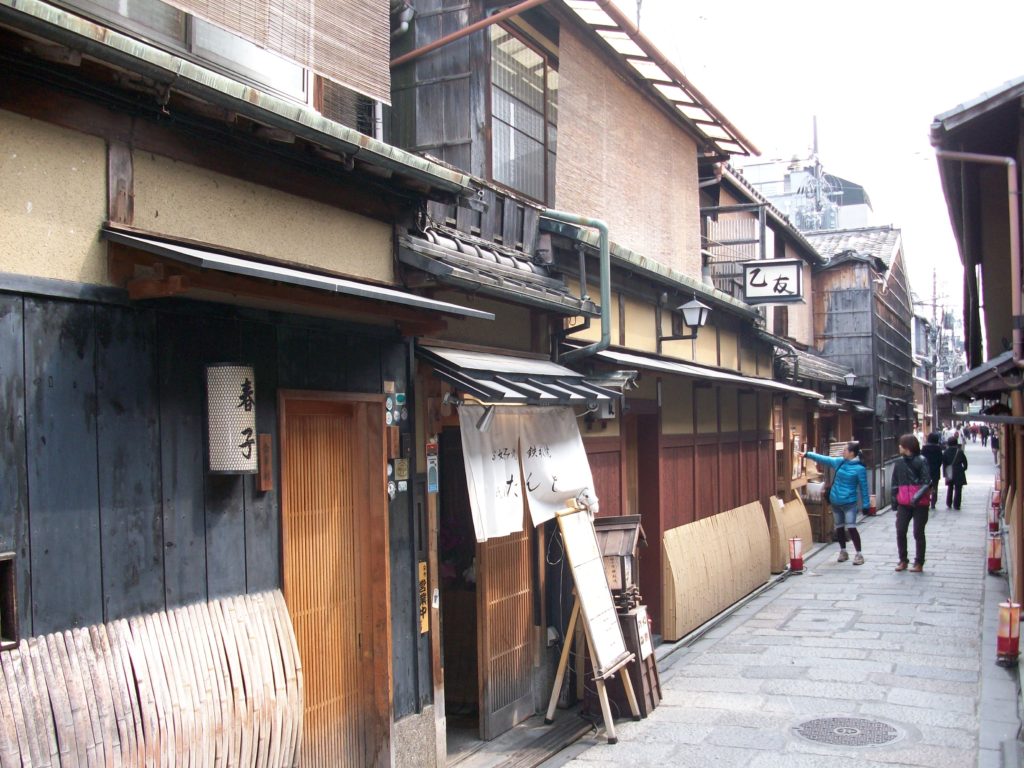
Later I took myself to an expat bar in the center of town and had a couple of freezing beers with a German man who’d fled radiation and earthquakes in Tokyo and two local girls. They complemented my Japanese as I told them I lived in Tokyo but had no interest in news from the capital. I asked them if they’d ever been. They said they had but they hadn’t been impressed. It was too big. They preferred Kyoto and had no desire to leave unless it meant going overseas.
–Search here for deals on Kyoto Hotels—
In the same way that residents of Tokyo look doe-eyed towards Kyoto’s history and culture I’d often wondered if people here yearned to be part of the latter’s charge into the future. Apparently not! And why would they? Both cities are racing forward but where Tokyo has dismantled its past to make way for the new, Kyoto is bringing it along for the ride and it’s all the more romantic for it.
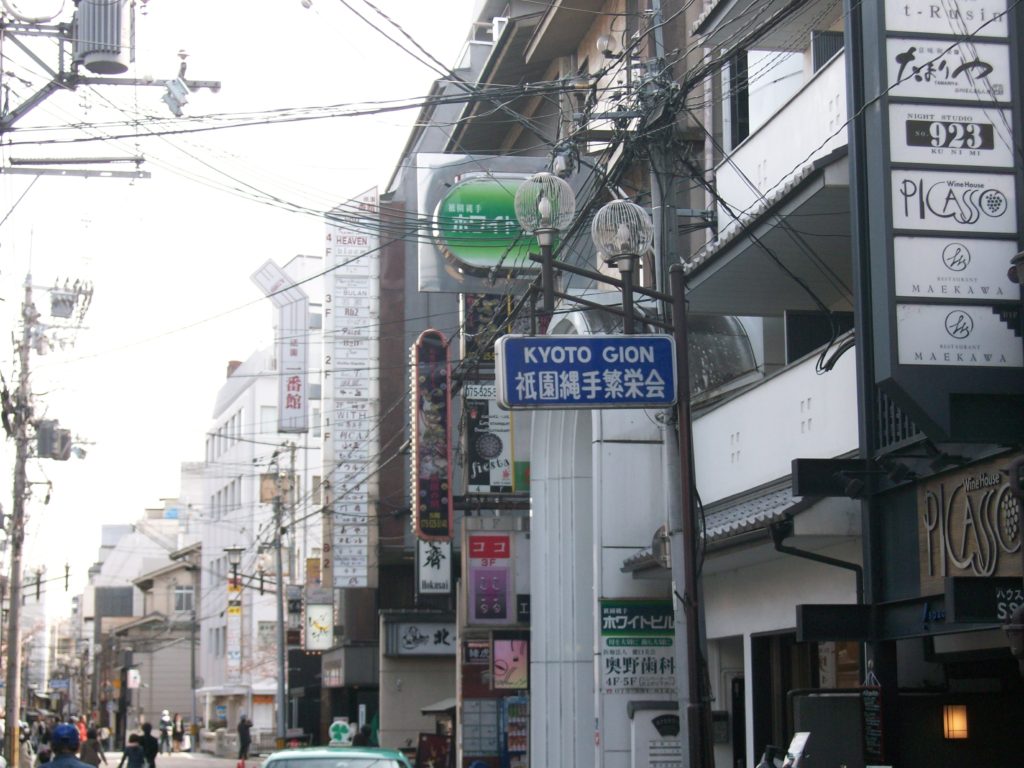
One final word on the Geisha, though. I did see one once. She looked a picture perfect image of beauty and delicacy. Her kimono was covered in a pattern of fragile cherry blossoms and she held a graceful umbrella. She looked like she might be headed for an appointment, perhaps to entertain a gentleman of stature with conversation and haiku. Except she wasn’t real. She was an image. An image painted onto the sign of a ‘massage’ parlor, all ablaze in gaudy neon. But for the wanton misery I imagined going on inside, I might have chuckled. Kyoto cherishes its past but it’s not beyond pimping it out to the present as well.

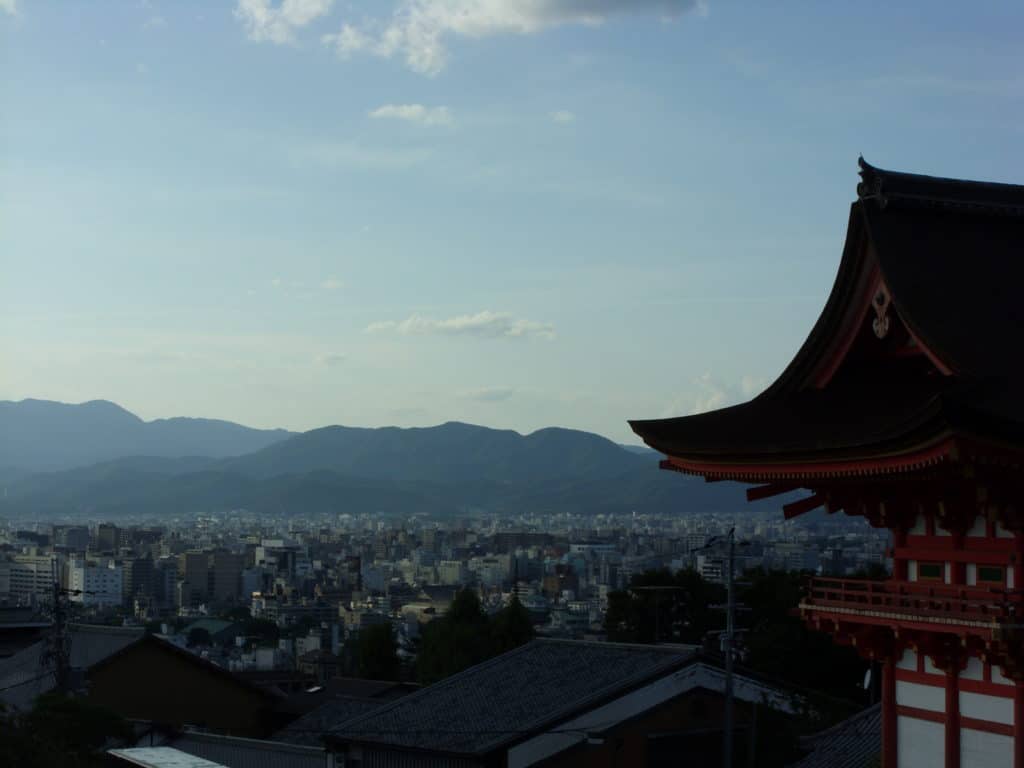



I’ll be there myself in a couple of weeks. Thanks for the insight.
Pingback: Kyoto’s Ginkaku-ji (The Silver Pavilion)